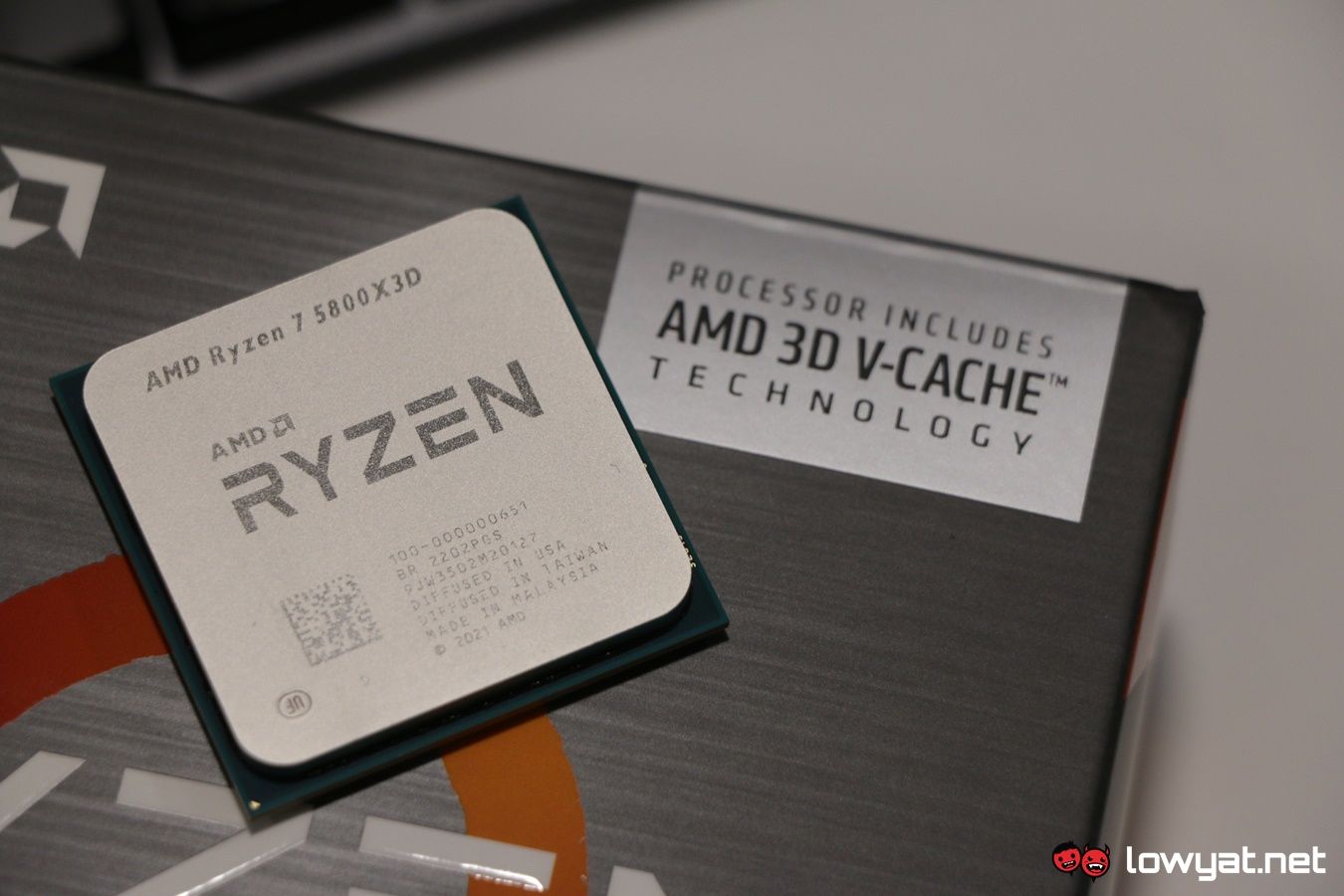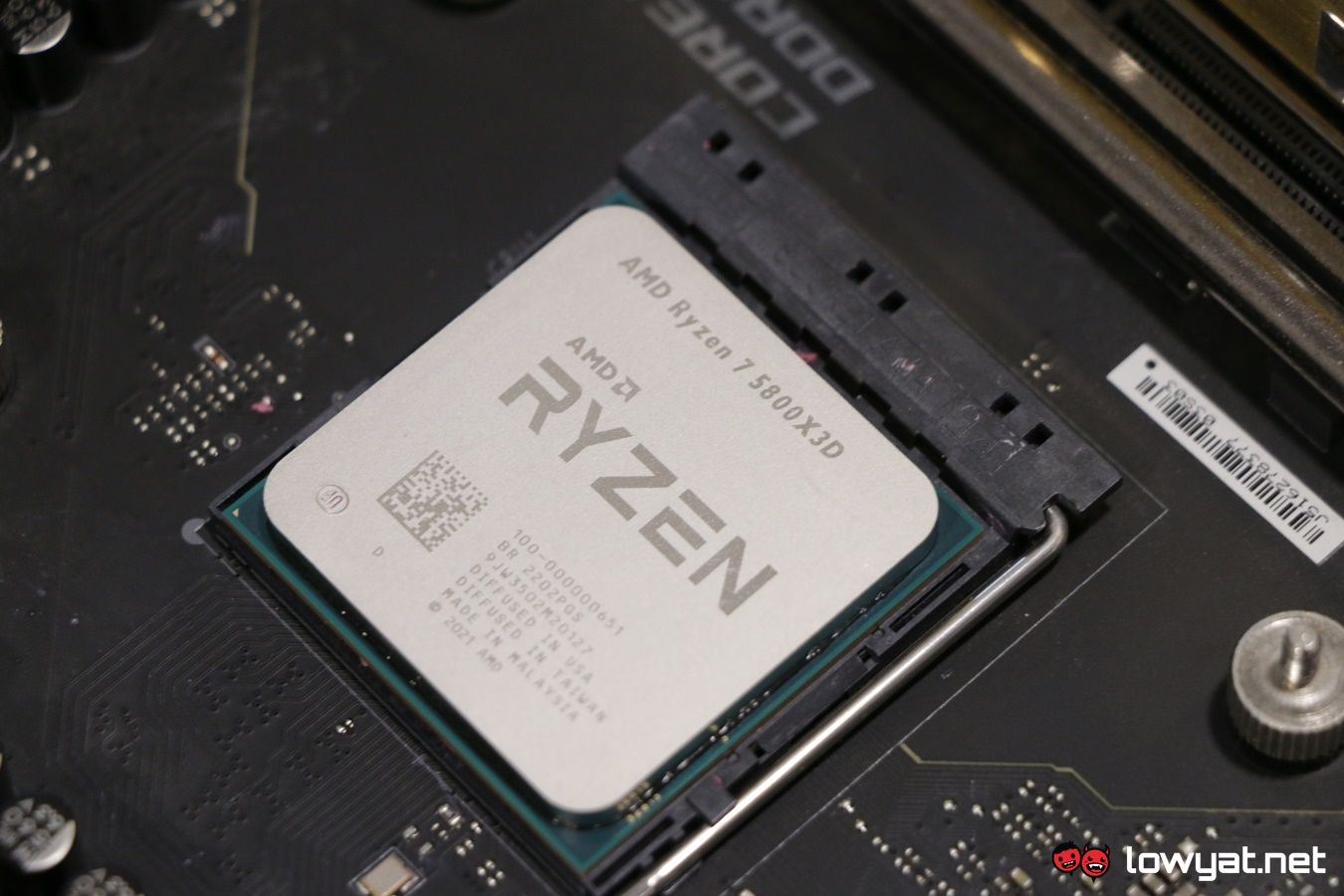AMD’s Ryzen 7 5800X3D, while more powerful and efficient in its performance against the 5900X, had one problem that even we found in our review: it ran significantly hotter than other CPUs, but that’s primarily due to the processor’s 3D V-Cache. For one individual, their solution to the heat issue was simple: delid it.
That is exactly what a PC modder and enthusiast who goes by the handle Madness! (@Madness7771) did, all because they didn’t enjoy seeing the 5800X3D hitting the 90°C mark constantly. For the record, the operating temperatures of our 5800X3D never really went beyond the 84°C mark, but that’s because we use an open testbench system. And while Madness! doesn’t outrightly say it, we’re making an educated guess that his temperatures were, in part, due to the fact that he uses a closed case and a Noctua ND-D14 air cooler.
I can't believe I'm saying this but the 5800X3D has been delidded!
It doesn't hit 90°C anymore 😀 pic.twitter.com/xV5QQfCdoE— Madness! (@Madness727) June 25, 2022
As to why the 5800X3D runs hotter than its other high-end Ryzen 5000 series counterparts: again, that all boils down to the nature and design of this processor. On the surface, the 5800X3D is nearly identical to its non-3D sibling, from the number of cores to the amount of power it consumes.
What sets its apart, though, is the size of its L3 Cache; the 3D V-Cache of the 5800X3D is basically three L3 Cache modules, stacked on top of each other and giving the CPU more room to work with in distributing tasks and workloads.
Getting back on point, Madness!’s endeavour clearly bore fruit, with them stating that their 5800X3D was running cooler than before, although they don’t actually explain or say exactly what sort of workloads they were abusing it with in order to validate those temperatures. On top of that, those reductions also meant that the CPU was able to run closer to its advertised boost clock speeds.
(Source: Videocardz)
Follow us on Instagram, Facebook, Twitter or Telegram for more updates and breaking news.




